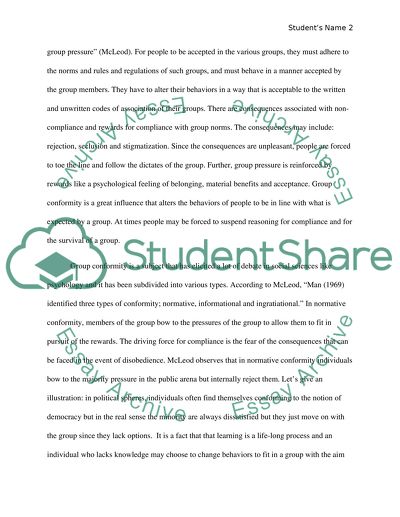Cite this document
(“Group conformity Essay Example | Topics and Well Written Essays - 1000 words”, n.d.)
Group conformity Essay Example | Topics and Well Written Essays - 1000 words. Retrieved from https://studentshare.org/english/1471600-group-conformity
Group conformity Essay Example | Topics and Well Written Essays - 1000 words. Retrieved from https://studentshare.org/english/1471600-group-conformity
(Group Conformity Essay Example | Topics and Well Written Essays - 1000 Words)
Group Conformity Essay Example | Topics and Well Written Essays - 1000 Words. https://studentshare.org/english/1471600-group-conformity.
Group Conformity Essay Example | Topics and Well Written Essays - 1000 Words. https://studentshare.org/english/1471600-group-conformity.
“Group Conformity Essay Example | Topics and Well Written Essays - 1000 Words”, n.d. https://studentshare.org/english/1471600-group-conformity.


